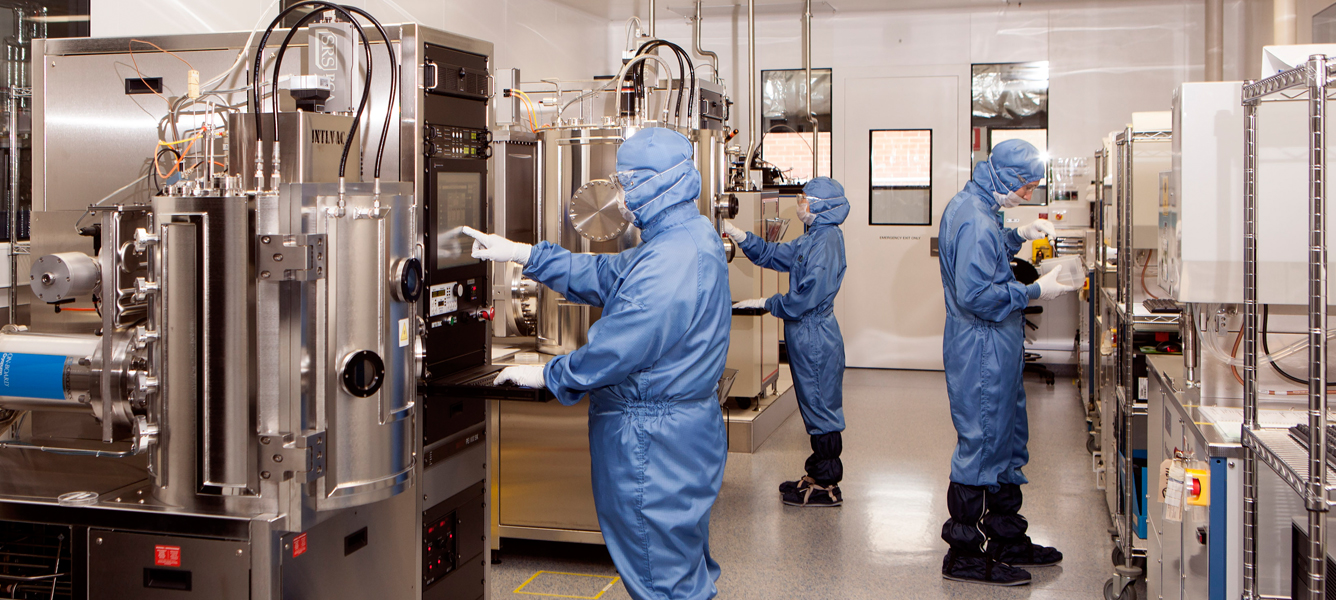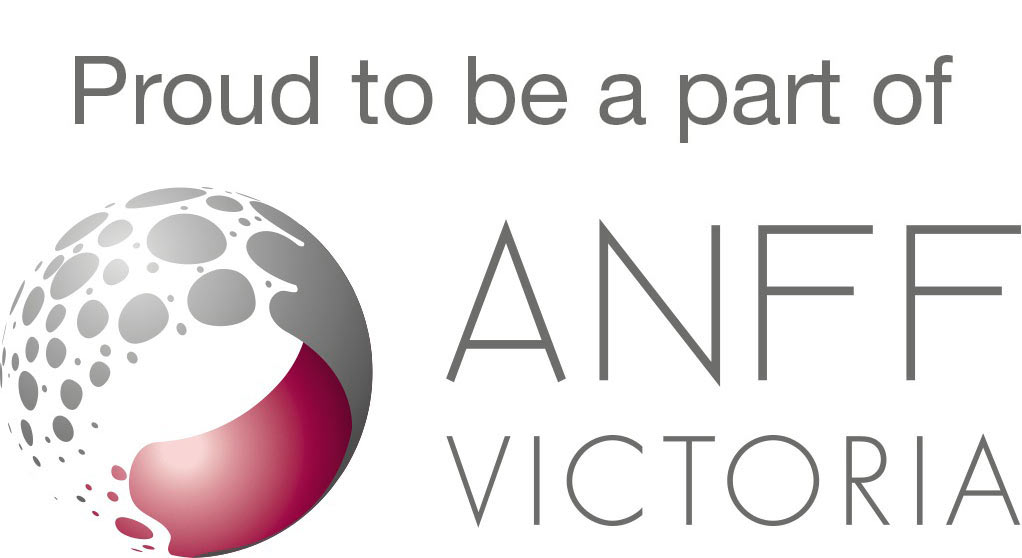Etching

Reactive Ion Etching (RIE) combines chemical and physical etching to remove material deposited on wafers. Deep reactive-ion etching (DRIE) is a highly anisotropic etch process used to create high aspect ratio structures on substrates.
| Process | Type | Make/Model | Features |
| Plasma (Dry) Etching | ICP/DRIE | Oxford Instruments Plasmalab 100 - Estrellas | Silicon-specific dry etching with good control over feature size and Bosch process capability for high aspect ratio structures. |
| Plasma (Dry) Etching | ICP/RIE | Oxford Instruments Plasmalab 100 - ICP380 | General dry reactive etching of wide range of materials. |
| Plasma (Dry) Etching | NLD RIE Si/SiO2 | ULVAC NLD-570 | Etching applications of Silicon, deep oxide, LiNbO3, TiO2, quartz, glass, and Pyrex etc. |
| Plasma (Dry) Etching | ICP/RIE | SAMCO RIE-400ip (COMING SOON) | A load lock type etching system used to precisely and uniformly etch various semiconductor materials and dielectric films. |
| Chemical (Wet) Etching | Automated Wetbench Suite | Amerimade | Comprised of three custom made instruments – a manual wet processing deck, a semi-automated chemical cleaning station and an IPA aerosol vapour dryer. |
| Chemical (Wet) Etching | Porous Silicon System | AMMT | Microporous silicon and silicon nanoparticles are fabricated by etching silicon in HF-based solutions under applied voltage. |
| Chemical (Wet) Etching | Small Etching Cell | HF Fumehoods | Porous silicon etching in small batches. |
| Plasma Ashing | Large Plasma Asher | Alpha Plasma Q235 | Plasma Asher commonly used to clean materials of organics materials, and can also be used for surface treatment of materials. |
| Plasma Ashing | Benchtop Plasma Asher | Harrick | Plasma treatment of material surface. |
Plasma Etching
Reactive Ion Etching (RIE) is a method that combines both chemical and physical etching to allow isotropic and anisotropic material removal. The etching process is carried out in a chemically reactive plasma containing positively and negatively charged ions generated from gases that are pumped into the reaction chamber. A mask on top of the substrate is used to protect designated areas from etching, exposing only the areas to be etched. Dry etching offers excellent process control for cleanliness, homogeneity, etch-rate, etch-profile, selectivity and run-to-run consistency, which is critical for high-fidelity pattern-transfer in micro- and nano-system technologies.
The uses
RIE is extensively used in the field of displays & lighting (LEDs), semiconductors, electronics, MEMS, communication technology, microfluidics, optoelectronics and photovoltaics.
The instruments
MCN houses four RIE systems, two of which are Oxford Instruments PLASMALAB100 ICP380 & Estrellas, one ULVAC NLD-750, and a soon to be installed SAMCO RIE 400-ip.
With the Oxford Instruments one is dedicated for deep silicon etching called DRIE (Deep Reactive Ion Etching). The system uses alternating etch (SF6) and passivation (C4F8) cycles to achieve high aspect ratio structures (~1:10). The other is used as a general etch, wherein other materials including silicon dioxide, silicon nitride, germanium, aluminium, aluminium oxide, and numerous other dielectrics and metals can be etched using chlorine and fluorine chemistries. Substrate temperatures range from 10oC to 40oC, with the possibility for cryogenic silicon etching. Substrate sizes range from 1mm chips to 8 inch wafers and it can achieve a variety of side-wall profiles, feature sizes and high-aspect ratio silicon structures.
The ULVAC NLD-570 etch system is designed with low process pressure, high density plasma, low electron temperature which are perfect for the etch applications of deep oxide, LiNbO3, TiO2, quartz, glass, and Pyrex etc. The NLD-570 is also capable of etching Si both in RIE and DRIE applications.
The SAMCO RIE-400iP is a load lock type etching system used to precisely and uniformly etch various semiconductor materials and dielectric films. The system is equipped with unique ICP source for generating uniform and high-density plasma.
Chemical Etching
Chemical etching is a subtractive process where controlled chemical reactions are used to selectively remove material from a substrate to create intricate patterns, designs, or features. It involves immersing the material in an etchant solution or applying the solution directly to the surface through a variety of methods such as spraying or masking.
The instruments
The automated wetbench suite is comprised of three custom made instruments - a manual wet processing deck, a semi-automated chemical cleaning station and an alcohol vapour dryer.
The manual wet processing deck is equipped with five chemical baths for small batch processing of substrates up to six inches in diameter. The tool is configured specifically for silicon wet etching and targeted metal removal.
The semi-automated chemical cleaning station is enclosed, exhausted and tailored to applications where process control, repeatability, throughput and safety are required. This tool will perform hazardous substrate cleaning tasks using a rotary robot to access wet chemical processing baths for silicon dioxide etching, removing contaminants and controlled rinsing. An accessory to this, the ultrasonic acetone de-scum station, will also be available for the bulk removal of photoresists and high performance photolithography lift-off for submicron lithographic features.
The vapour dryer creates an alcohol vapour above the substrate surface, creating the differential surface tension for drying without any need for heaters or rotation. The system is well-suited to drying applications using planar substrates.
Porous silicon (PS) has gained wide-spread attention over the last decade for its interesting material properties, including nanometer features and extremely high specific surface area. Applications are, amongst others, humidity sensors, particle filters, optical elements and biochemical matrices. Microporous silicon is fabricated by etching silicon in HF-based solutions under applied voltage.
Ashers
Ashing is a surface cleaning process used to descum and remove materials, mainly photoresist, from a substrate. The cleaning process involves exposing photoresist to plasma, in a vacuum environment, creating ash which is easily removed from the substrate surface.
The instruments
MCN has two ashers, the Plasma Asher: Harrick Plasma and the Large Barrel Asher: Alpha Plasma Q235.


